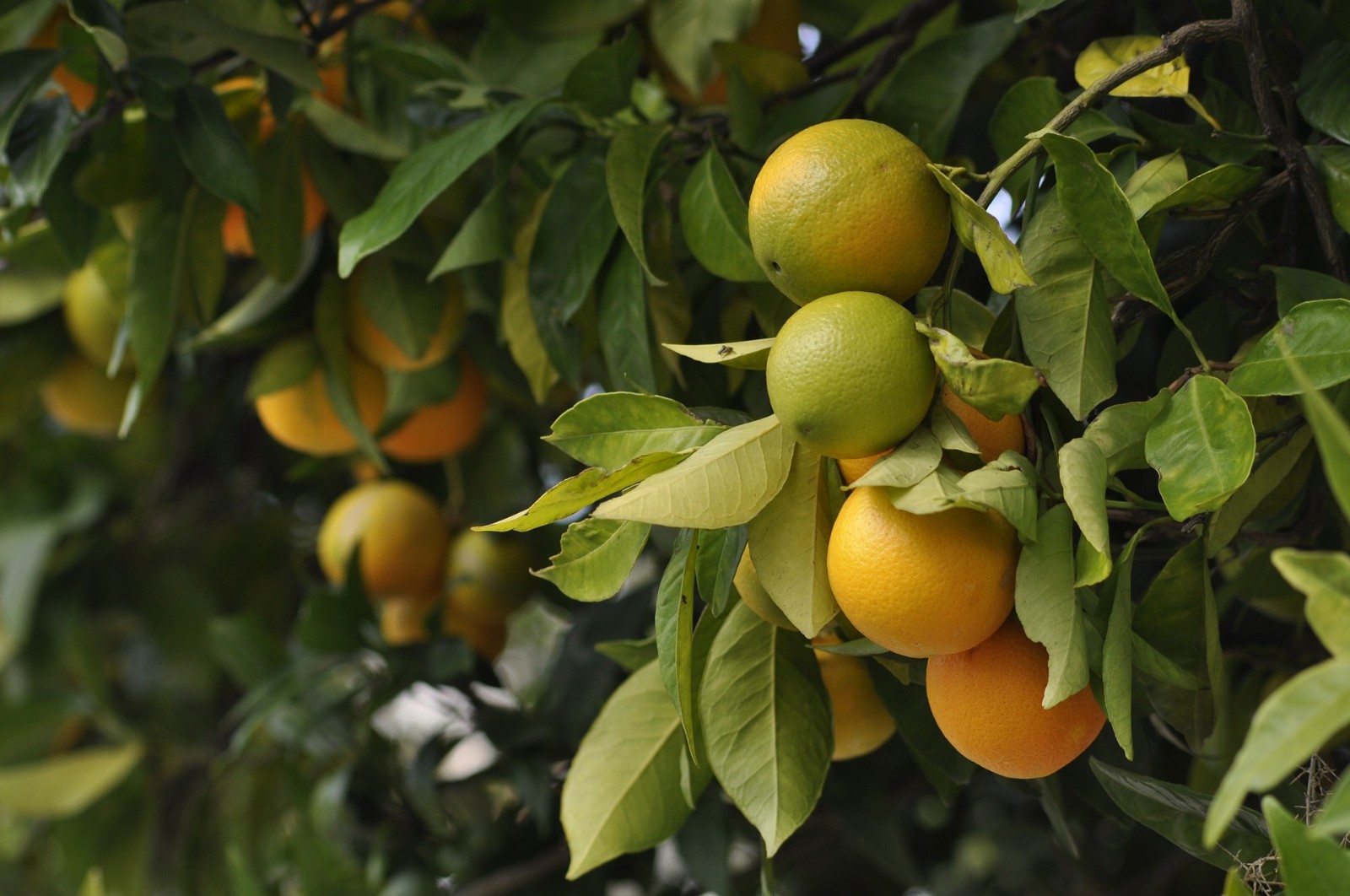


American Farm Bureau Federation economist Daniel Munch recently released a report called "U.S. Citrus Production—An Uphill Battle for Survival." The report pointed out that the production of citrus in the United States has declined sharply in the past 20 years. Due to a combination of extreme weather, citrus greening disease, and the use of citrus plantations for real estate development, the production of oranges and grapefruits has dropped by as much as 80% and 88%. From a balance of trade perspective, the US has become a net importer of citrus.
Since the beginning of citrus cultivation in the United States, the four states of Florida, California, Arizona and Texas have been the most important producing areas of citrus in the United States. Before 2014, Florida's orange production accounted for more than 70% of the entire United States. Tropical storms and hurricanes are damaging weather events that are common in many citrus growing regions, often causing major losses in yields, damaging or even uprooting fruit trees. It generally takes 15 years for citrus trees to start bearing fruit from planting seedlings, and 3-5 years from grafting to fruit bearing. Any event that interrupts the growth of citrus will jeopardize the long-term production and income of farmers. Hurricane Irma in 2017 dropped Florida's citrus production to its lowest level in more than seven decades, and Hurricane Ian, which hit southwest Florida in 2022, will cost the citrus industry between $416 and $675 million.
In addition to encountering severe weather events, another major factor in the decline in U.S. citrus production is the widespread spread of citrus greening disease in Florida, the main producing area. When citrus greening disease was first detected in Florida in 2005, orange production in the state has dropped by 90 percent since then, from 150 million boxes to a forecasted 16 million boxes by 2023. In addition, urban real estate development brought on by Florida's population growth has eaten into agricultural land and reduced citrus acreage. Reduced labor availability, higher labor and production costs further exacerbate the plight of citrus growers.

Although California and Texas have been able to maintain or even increase production of most citrus crops, partially offsetting the decline, they face challenges such as potential citrus greening disease outbreaks.
Oranges accounted for more than 70 percent of U.S. citrus production until 2015. Total U.S. orange production has fallen by 80% since 2000, from 300 million cartons to 62 million cartons in 2023. Also affected by extreme weather events and plant diseases in Florida, grapefruit production continues to decline. Since 2000, U.S. grapefruit production has fallen by 88%, from 67 million cartons to 8 million cartons. Less-planted citrus varieties in Florida did not see the same decline in production. Lemon production in California and Arizona has been between 20 million and 30 million boxes since the 1980s. The only category that saw a significant increase in production was mandarins, including tangelos, tangerines, clementines and traditional mandarins. In terms of volume, since 2000, mandarin production has increased from 10 million boxes to 21 million boxes, an increase of 107%.
In 1970, the orange production in the United States accounted for nearly 50% of the world's total production. The United States has long been the main exporter of the global citrus market. Its production share fell to 25% by 2000 and is expected to remain at 5% by 2023. Most of the market share lost by the US went to Brazil (35%), China (16%) and the EU (12%). The situation is similar for grapefruit. In 1970, the United States produced 75% of the world's grapefruit, which fell to 43% in 2002 and is expected to account for only 4% by 2023. China now accounts for nearly 80 percent of total global grapefruit production, followed by Mexico and South Africa with 6 percent each.
Due to the sharp decline in domestic production, US citrus has been partially dependent on imports to meet domestic demand, resulting in a significant increase in imports. In 2000, the U.S. imported nearly 9 million cartons of fresh citrus, a figure that will increase by 320% to more than 37 million cartons by 2022. The opposite is true for exports, where the U.S. exported more than 26 million boxes of fresh citrus in 2000, a figure that drops to just over 12 million boxes by 2022, a 53% decline. The import and export of citrus in the United States still maintained a trade surplus of 770,000 boxes in 2014, but then became a net importer, with a trade deficit of more than 25 million boxes in 2022.
Need help or have a question?
Send mail